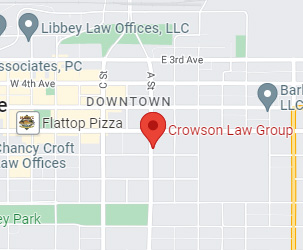Medical Malpractice – Insurance Coverage

If you have suffered injury as a result of medical malpractice or negligence you may be eligible for compensation by way of a medical malpractice personal injury lawsuit. In as much as you are eligible to file a medical malpractice lawsuit there is important information you must know with regards to insurance coverage related to medical malpractice. This article will discuss the basics with regards to insurance coverage for medical malpractice.
Justpoint [US Medical Malpractice Case Statistics | Justpoint] noted that “from 2010 to 2019, $42 billion was paid to the victims of medical malpractice by the National Practitioner Data Bank”. Survey results provided by the National Practitioner Data Bank [The NPDB – Home Page (hrsa.gov)] showed that between 2009 and 2018 New York has paid out medical malpractice payments of up to $7 billion while North Dakota has paid the least amount of up to $28 million. As such, it is no wonder why you need a medical malpractice lawyer to represent you in your medical malpractice case.
It is important to note that an aspect least spoken about when it comes to medical malpractice lawsuits is insurance coverage. This is an important aspect and it plays a very vital role in all medical malpractice cases and this is similar to the majority of personal injury claims. In the majority of cases, if you have suffered injury as a patient more often than not you will deal with the medical professional’s insurer or the attorney that was hired by the insurer. As a result, medical professionals need to ensure that they have adequate insurance coverage in the event that they face a medical malpractice lawsuit.
Generally, there are two common forms of medical malpractice insurance coverage; these are:
- Claims made policies – these basically protect the insured if it is a policy in place when:
- the medical professional’s alleged medical error happened
- a medical malpractice claim is first filed
The basic aspect with the claims made policies is that the policy must be active at the time that the medical malpractice claim is filed in court and that the actual medical error took place while the professional was under this form of insurance. The healthcare provider may need to purchase tail or nose coverage. Tail insurance coverage provides insurance protection when a claim is made after the policy is cancelled or has expired. While nose insurance coverage provides protection for any acts resulting in medical error that happened before the policy came into effect.
- Occurrence made policies – this policy provides coverage when the medical malpractice occurs while the policy is in effect but the claim is made after the policy has expired. Further, it covers the doctor even if they have bought a new insurance policy or do not have one at all.
As with all issues regarding insurance coverage it is important to take into consideration insurance coverage limits. Generally, there are two types of insurance coverage limits; these are:
- Per-occurrence coverage limit – that is the total amount that the insurance company is able to pay for a given claim.
- Aggregate coverage limit – this is the total amount an insurance company is able to pay for a given period of time.


